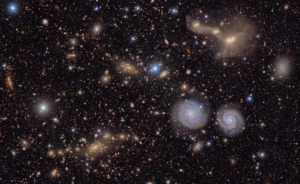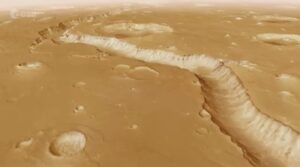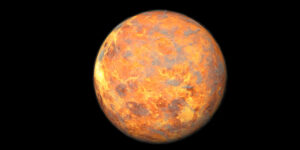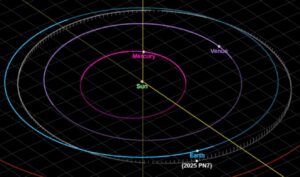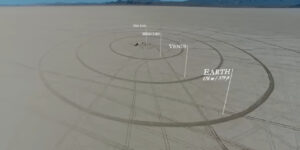NASA’s Parker Solar Probe is getting ready for a historic moment in 2024. Next Dec. 24, it will get closer to the Sun than any previous craft. In the world of space exploration, researchers say this will be as significant as the 1969 Moon landing.
The spacecraft will do this by reaching a speed never before reached by any man-made object. It will bypass the Sun at 195km per second (435,000mph). That is the equivalent of flying from London to New York in 30 seconds.
At the same time, the probe will be just 6.2 million kilometers from its surface. That may still seem like a huge distance to most of us. But Nour Raouafi, a scientist working on the project, told the BBC, “We are basically almost landing on a star. This will be a monumental achievement for all humanity.”
The mission will be one of the riskiest ever undertaken. To achieve the maneuver, the spacecraft will have to withstand temperatures of approximately 1,400˚C. It will reach its immense speed by swinging around Venus. This will tighten its orbit around the Sun, which will in turn increase its speed. The tremendous gravity of the Sun itself will also pull it in.
The trickiest part will be getting in and out quickly, while also taking measurements of the solar environment.
Speed the key
The Parker Solar Probe was launched in 2018. In 2021, it became the first spacecraft ever to enter the Sun’s upper atmosphere, known as the corona. Since then, it has made 18 close approaches of the Sun.
It is impossible for the probe to stay within the corona without burning up. So instead, it has made several rapid descents into the scorching atmosphere. Its speed and its heat shield allow it to cope with the blistering conditions and collect data for scientists back on Earth.
The overall aim is to unravel some of the mysteries around the corona. The outer atmosphere is significantly hotter than the surface of the sun. It reaches temperatures over one million degrees Celsius, while the surface is a mere 6,000˚C. This alone is bizarre.
The Sun emitted a strong solar flare on Dec. 31, 2023, peaking at 4:55 EST. NASA’s Solar Dynamics Observatory captured an image of the event, which was classified as X5.0. https://t.co/rdALPuiOcm pic.twitter.com/CZeqHfkm0J
— NASA Sun & Space (@NASASun) January 1, 2024
Solar winds
The corona also generates solar winds. The region somehow accelerates charged particles into a wind that moves at 400km per second and can generate solar flares. Last year, we got the first sound recordings of these winds.
Why this happens is unknown, but it could have consequences for our planet. Space weather affects communication devices and will have implications for future space missions, especially manned ones.
Until its big moment nearly a year from now, it will make three further solar approaches.

